Frequency range: 26.5- 28MHz SWR: ≤1.2:1 Max. power: 35W continuous 250W Short time Bandwidth at S.W.R. 2:1: 1900KHz Impedance: 50ohm Whip length: 1200mm Adjustment: 0~90° Cable Length: RG58/157" Po...
See DetailsHow to accurately measure the performance indicators of CB Antenna, such as radiated power and directivity?
The performance indicators of CB Antenna (vehicle-mounted antenna) are crucial to its application in communication systems. Accurately measuring indicators such as radiated power and directivity requires scientific methods and professional equipment.
1. Radiated power measurement
Power meter method
First, the most direct method is to use a power meter. Connect the CB antenna to the transmitter and connect a directional coupler between the transmitter and the antenna. The directional coupler can extract a small part of the forward transmitted power and transmit it to the power meter. By measuring the power output of the coupler and combining it with the coupling coefficient of the directional coupler, the input power of the antenna can be calculated. At the same time, in the radiation field of the antenna, standard field strength probes and field strength meters can be used to measure the electric field strength radiated by the antenna. According to the electric field strength and the distance from the antenna, the relevant formulas in antenna theory can be used to infer the radiated power of the antenna.
Spectrum analyzer method
The radiated power of the antenna can also be measured using a spectrum analyzer. Place the antenna in an electromagnetic shielding room to avoid external electromagnetic interference. Connect the antenna to a signal generator to transmit a signal of a specific frequency. The spectrum analyzer can obtain the power spectrum density of the signal by receiving the signal radiated by the antenna and analyzing the signal. Combined with the known parameters such as the antenna gain and the measurement distance, the radiated power of the antenna can be calculated.
2. Directivity measurement
Rotating antenna method
A classic method for measuring antenna directivity is the rotating antenna method. Fix the CB antenna on a device that can be accurately rotated, and place a fixed field strength probe and field strength meter in the far field area of the antenna. By slowly rotating the antenna at a certain angle interval (such as 10 degrees), record the field strength values at different angles. By plotting these field strength values into a polar coordinate diagram, the antenna's directional diagram can be obtained, so as to intuitively understand the antenna's directional characteristics, including the main lobe direction, side lobe level, beam width, etc.
Antenna test field method
In a professional antenna test field, the directivity of the antenna can be measured more accurately. The test field usually has a transmitting antenna and a receiving antenna, and the CB antenna is placed at the receiving end as the antenna to be tested. The transmitting antenna transmits a signal of a specific polarization and frequency, and the receiving power in different directions is measured by adjusting the direction and position of the receiving antenna (i.e., the CB antenna). By comparing the theoretical calculated value and the actual measured value, the directivity of the antenna can be accurately evaluated.
When measuring the performance indicators of the CB antenna, it is also necessary to pay attention to some factors that affect the measurement accuracy. For example, the electromagnetic interference of the measurement environment needs to be strictly controlled, the calibration of the measurement equipment should be carried out regularly, and the installation height of the antenna and the reflection of surrounding objects will affect the measurement results.
By adopting the above accurate measurement method and paying attention to the relevant influencing factors, the key performance indicators such as the radiation power and directivity of the CB Antenna can be effectively measured, providing reliable data support for its reasonable application in the communication system.

 English
English Español
Español
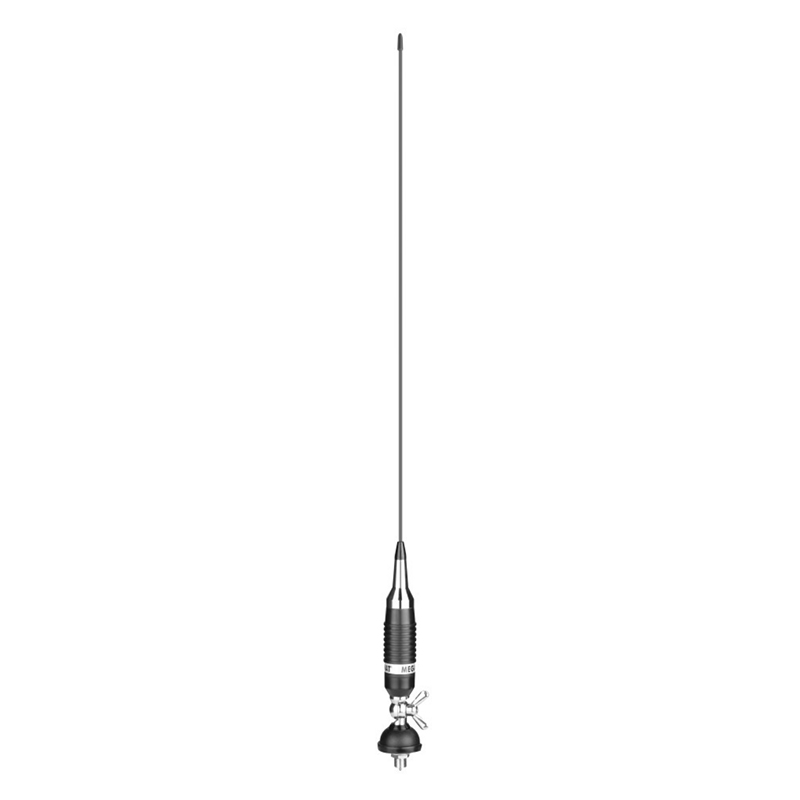
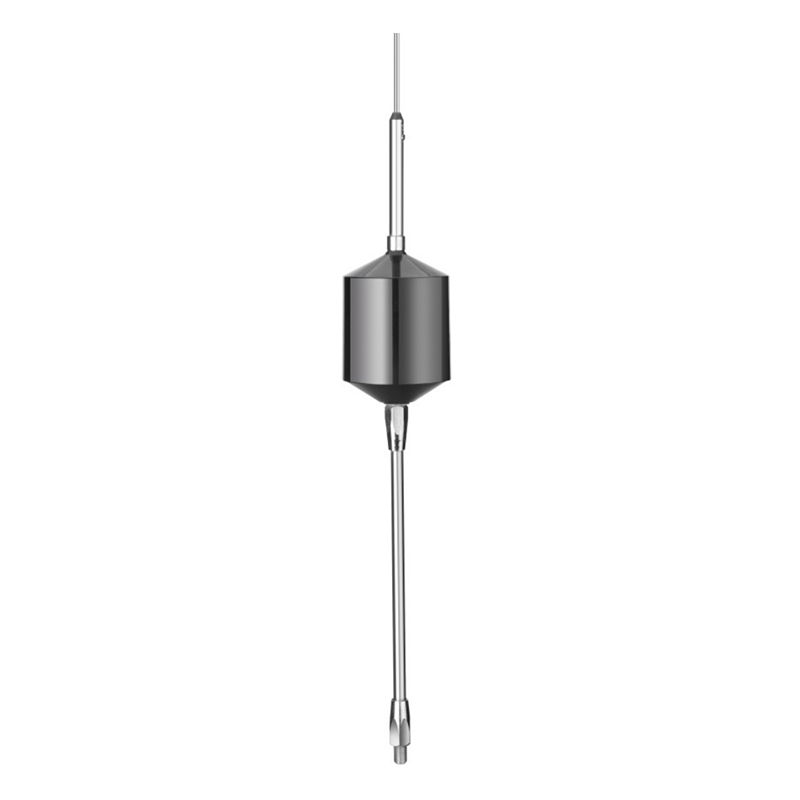

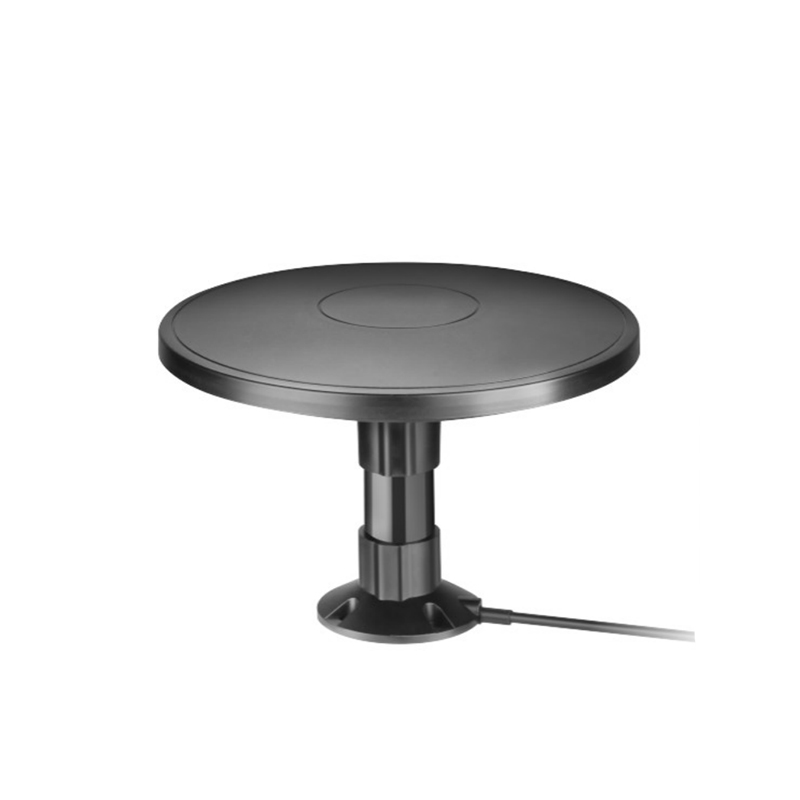
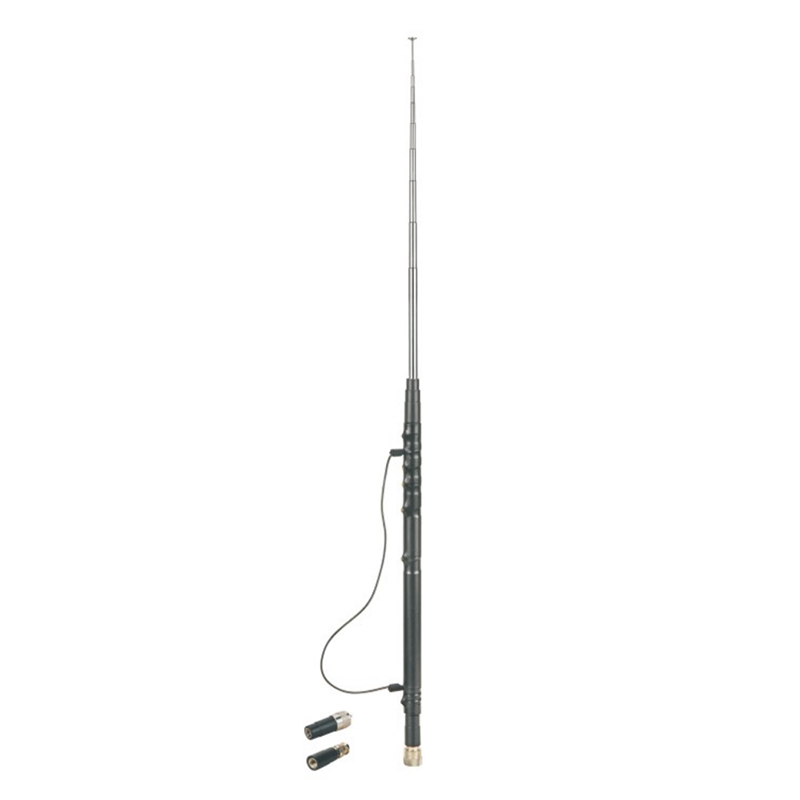

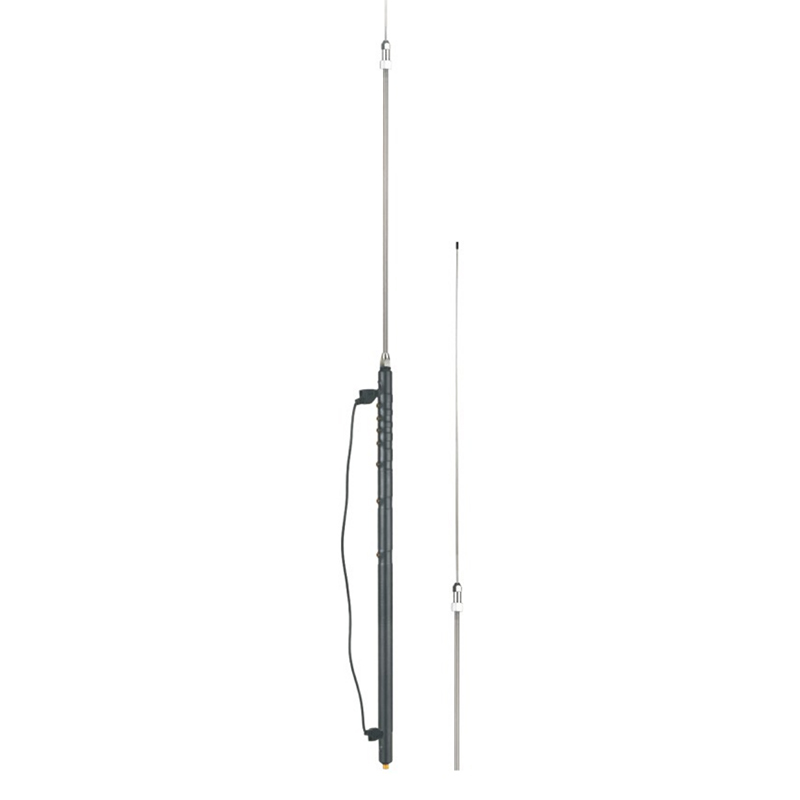
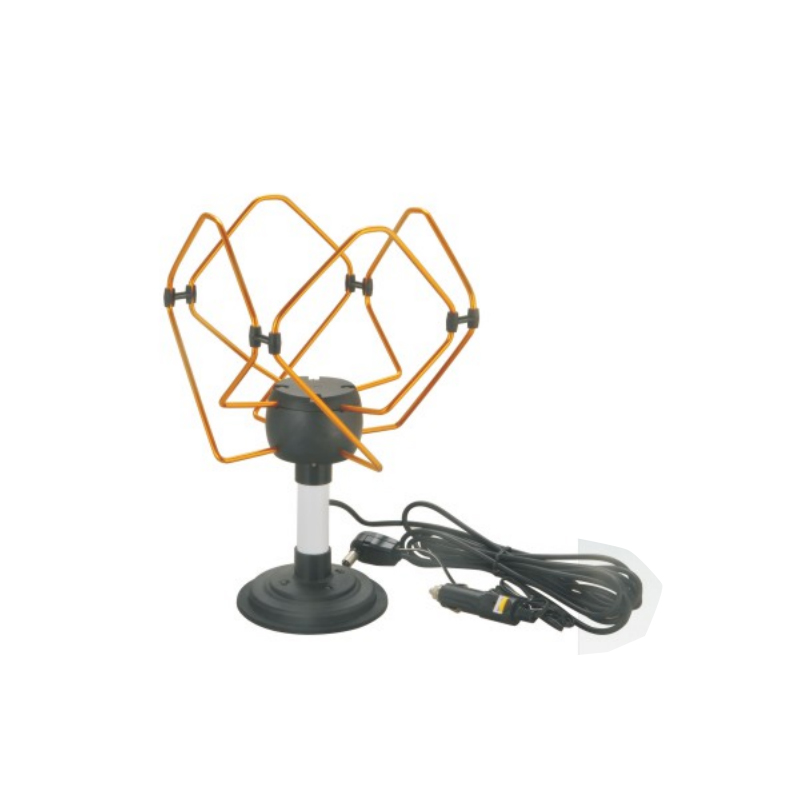
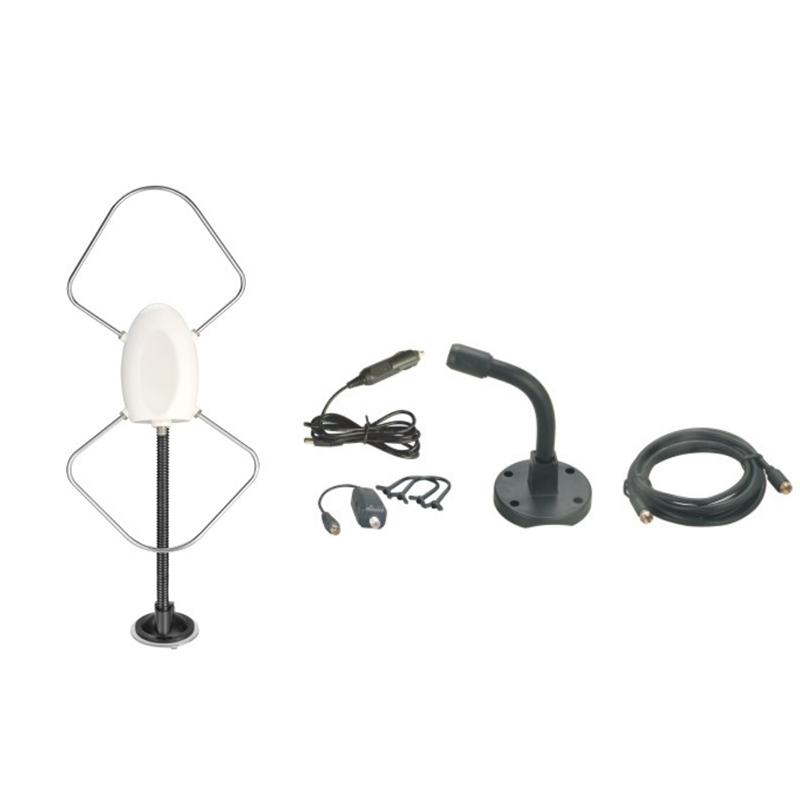
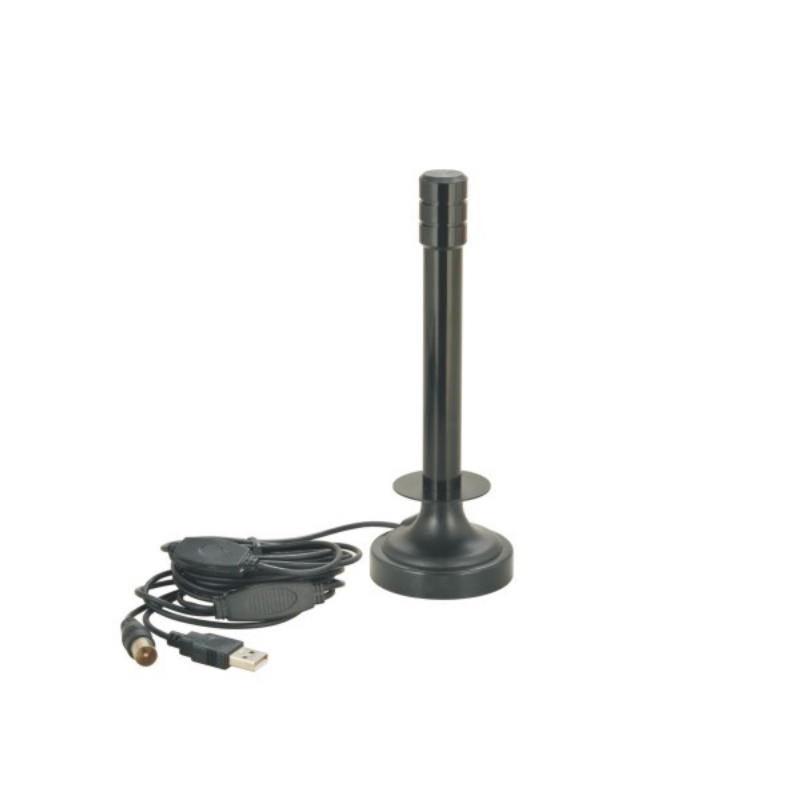
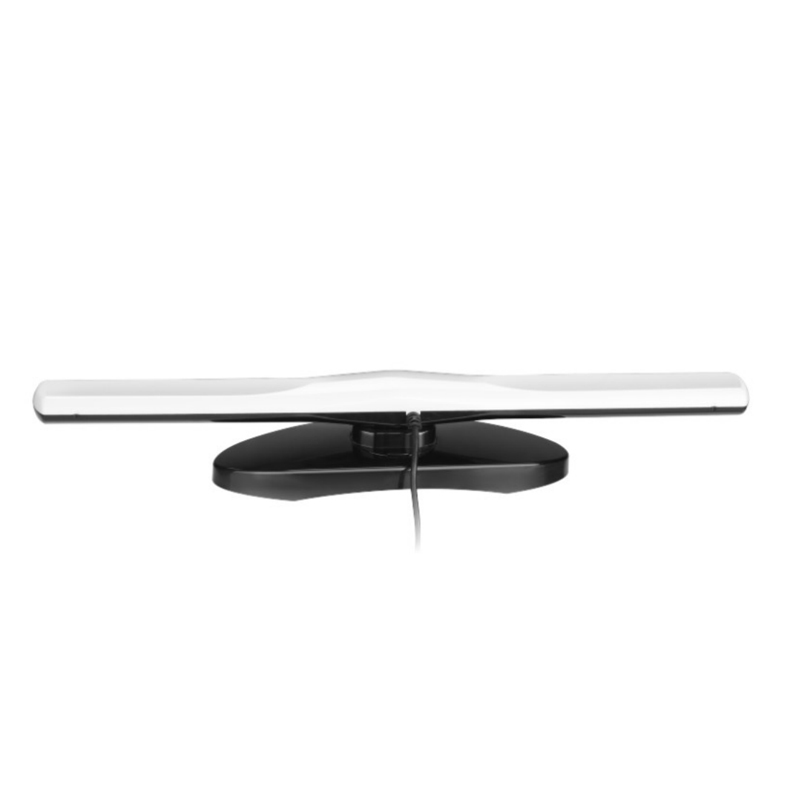
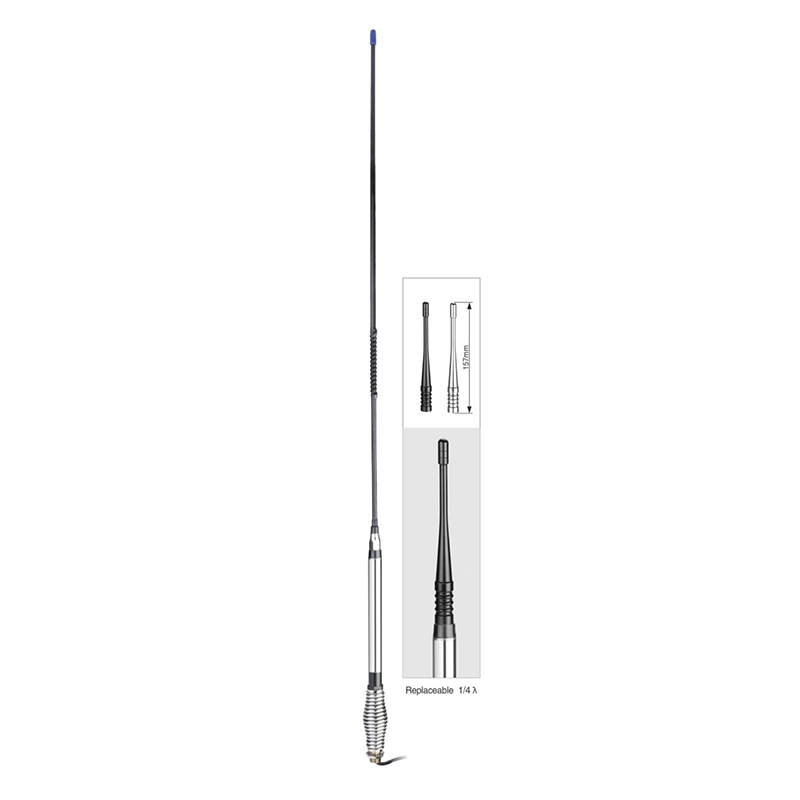

Contact Us